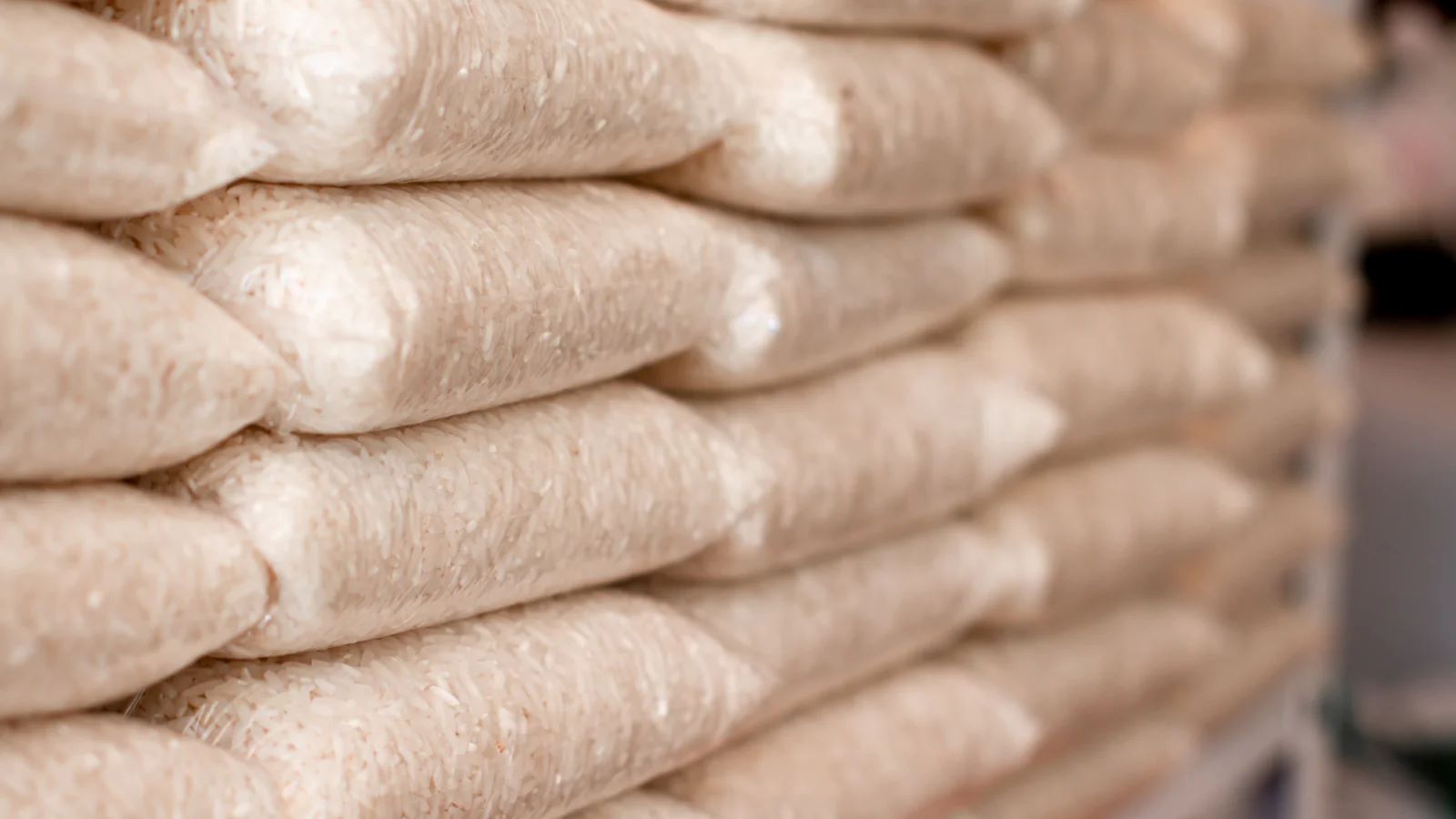

Articles
How To Store Bulk Rice
Modified: January 9, 2024
Discover helpful articles on how to store bulk rice properly to maintain its freshness and quality. Learn effective techniques for long-term storage and prevent spoilage.
(Many of the links in this article redirect to a specific reviewed product. Your purchase of these products through affiliate links helps to generate commission for Storables.com, at no extra cost. Learn more)
Introduction
Are you looking for an economical and convenient way to store bulk rice? Whether you’re a fan of rice-based dishes or you simply want to have a long-term food supply on hand, storing rice in larger quantities can be a cost-effective solution. However, proper storage techniques are essential to preserve the quality and freshness of the rice over time.
In this article, we will guide you through the process of storing bulk rice so that it remains in optimal condition for an extended period. We will cover important aspects such as selecting the right type of rice, choosing suitable containers, preparing the rice for storage, finding the ideal storage location, monitoring the rice supply, and avoiding common mistakes that can lead to spoilage or degradation in quality.
By implementing these steps, you can ensure that your bulk rice stays fresh, free from pests or moisture damage, and ready to use whenever you need it.
Key Takeaways:
- Choose the right type of rice, use airtight containers, and store in a cool, dry place to maintain the quality and freshness of bulk rice for an extended period. Proper preparation, monitoring, and handling techniques are essential for effective storage.
- Avoid common mistakes such as improper sealing, fluctuating temperatures, and storing near strong-smelling substances to ensure the longevity of bulk rice. Implementing a first-in, first-out system and practicing good hygiene are crucial for maintaining a fresh rice supply.
Read more: How To Store Coins In Bulk
Step 1: Choosing the Right Type of Rice
When it comes to storing bulk rice, the first step is to choose the right type of rice for your needs. Different varieties of rice have varying shelf lives and cooking properties, so it’s essential to consider these factors before making a selection.
Long-grain rice, such as basmati or jasmine, is a popular choice for bulk storage due to its long shelf life and versatility. Its grains are slender and separate easily when cooked. Additionally, long-grain rice tends to absorb flavors well, making it ideal for a variety of dishes.
If you prefer a stickier and more compact rice, consider medium-grain or short-grain varieties like arborio or sushi rice. These types of rice are commonly used in dishes like risotto or sushi. Keep in mind that they may have a slightly shorter shelf life compared to long-grain rice.
Another important factor to consider is whether to opt for white rice or brown rice. White rice has had the outer husk, bran, and germ removed, resulting in a longer shelf life. However, brown rice retains these nutritious components and has a shorter shelf life due to the higher oil content.
Ultimately, the choice between white and brown rice depends on your personal preferences and dietary needs. If you prioritize long-term storage and versatility, white rice may be the better option. However, if you prefer the additional nutrients and are willing to consume the rice within a shorter timeframe, brown rice is a nutritious choice.
Once you have decided on the type of rice, consider purchasing it in bulk from a reputable source. Look for suppliers that provide high-quality, properly packaged rice to ensure its freshness and longevity. With the right type of rice selected, you are ready to move on to the next step of storing it properly.
Step 2: Selecting Suitable Containers
Choosing the right containers for storing bulk rice is crucial to maintaining its quality and prolonging its shelf life. The ideal containers should be airtight, moisture-proof, and sturdy enough to protect the rice from pests, humidity, and other external factors that can lead to spoilage.
One popular option is food-grade plastic containers. These containers are lightweight, easy to handle, and resistant to moisture. Look for containers with a tight-fitting lid to create an airtight seal. It’s important to ensure that the lids are secure to prevent any moisture or pests from entering and causing damage to the rice.
Glass jars or containers with rubber gaskets are another excellent choice. Glass containers provide a transparent view of the rice and are non-reactive, which means they won’t absorb any odors or flavors. The rubber gaskets in the lids help seal the containers tightly, keeping the rice fresh and free from moisture.
Alternatively, you can opt for metal containers with locking lids. Metal containers are durable, moisture-proof, and pest-resistant. Look for containers made from food-grade stainless steel or tin-plated steel. These materials will prevent any metallic taste or odor from being absorbed by the rice.
Regardless of the type of container you choose, it’s essential to ensure that it is clean and dry before storing the rice. Any residual moisture can lead to the growth of mold or mildew, compromising the quality and safety of the rice.
Depending on the quantity of rice you plan to store, consider using multiple smaller containers rather than one large one. This will allow you to access the rice more easily without exposing the entire supply to air and potential contamination each time you need to retrieve some rice.
Remember to label each container with the type of rice and the date of storage. This will help you identify and rotate your rice supply, ensuring that the oldest rice is used first and maintaining a fresh stock.
By selecting the right containers, you can protect your bulk rice from moisture, pests, and other factors that can compromise its quality. Now that you have suitable containers ready, let’s move on to the next step of preparing the rice for storage.
Step 3: Preparing the Rice for Storage
Before storing bulk rice, it’s important to properly prepare it to ensure its longevity and quality. This step involves a few simple yet crucial measures that will help keep the rice fresh and free from contaminants.
Firstly, inspect the rice for any foreign matter like stones, insects, or debris. Remove any impurities before transferring it to the storage containers. This helps prevent spoilage and maintains the overall quality of the rice.
Next, it’s recommended to wash the rice before storage. Washing removes any excess starch and impurities that may be present on the grains. This step is especially important if you plan to store brown rice, as it has a higher oil content that can spoil more quickly. Simply rinse the rice under cold water until the water runs clear.
After washing, it’s essential to let the rice dry before transferring it to the storage containers. Spread the rice out on a clean, dry surface such as a baking sheet or trays lined with parchment paper. Allow the rice to air dry completely, which may take several hours or even a day, depending on the humidity level. It’s crucial to ensure that the rice is completely dry before storing it to prevent mold or bacterial growth.
Now that the rice is clean and dry, it’s time to transfer it to the chosen storage containers. Use a clean scoop or funnel to avoid any contamination. Fill the containers to approximately 80% capacity to allow room for any air expansion or movement. Also, avoid compacting the rice too tightly, as this can lead to moisture retention.
Lastly, seal the containers tightly to create an airtight environment. Ensure that the lids are secure and that no air can enter or escape from the containers. This will help preserve the rice’s freshness and protect it from moisture and pests.
By taking these simple steps to prepare the rice for storage, you are setting a strong foundation for maintaining its quality and extending its shelf life. Now that the rice is ready, let’s move on to the next step of finding the ideal storage location.
Step 4: Storing Rice in a Cool and Dry Place
Proper storage conditions are essential for maintaining the quality and longevity of bulk rice. Storing rice in a cool and dry place is crucial to prevent moisture, heat, and other factors that can lead to spoilage or degradation in quality.
When selecting the storage location, choose an area in your home that is away from direct sunlight, heat sources, and humidity. Excessive heat and sunlight can accelerate the degradation process and may cause the rice to become discolored or lose its nutritional value.
A cool pantry or a basement is often the best choice for storing rice. These areas tend to have a stable temperature and lower humidity levels compared to other parts of the house. The temperature should ideally be between 50°F (10°C) and 70°F (21°C) to ensure optimal storage conditions.
Avoid storing rice near appliances that emit heat, such as stoves, ovens, or refrigerators. Additionally, keep it away from areas that are prone to moisture, such as the bathroom or near windows. Moisture can lead to the growth of mold, mildew, or pests, compromising the quality and safety of the rice.
It’s also important to consider the packaging of the containers. Ensure that the containers are tightly sealed to prevent any air or moisture penetration. If you notice any damage or deterioration in the containers, transfer the rice to a new container to maintain its freshness.
Regularly check the storage area for any signs of pests or moisture build-up. If you notice any issues, take immediate action to address them and ensure the integrity of the rice supply.
Remember to keep the storage area clean and organized. This will facilitate easy access to the rice while minimizing the risk of contamination or accidental spillage. Avoid stacking heavy objects on top of the rice containers, as this can lead to crushing or damaging the containers.
By storing your bulk rice in a cool and dry place, you are creating the optimal conditions for long-term storage. The right storage environment will help preserve the quality, taste, and nutritional value of the rice for an extended period.
Now that you know how to store rice in the ideal conditions, let’s move on to the next step of monitoring and rotating the rice supply to ensure freshness.
Store bulk rice in a cool, dry place in an airtight container to prevent moisture and pests from getting in. Consider using food-grade buckets or sealed bags for long-term storage.
Read more: How To Store Bulk Spices
Step 5: Monitoring and Rotating the Rice Supply
Monitoring and rotating your bulk rice supply is an important step in ensuring its freshness and quality over time. By implementing a proper rotation system, you can avoid storing rice for an extended period, which can lead to potential spoilage or degradation.
Regularly check the stored rice for any signs of spoilage, such as discoloration, off odors, or the presence of pests. If you notice any issues, discard the affected rice immediately to prevent it from contaminating the rest of the supply.
To maintain a fresh supply of rice, it’s essential to practice a first-in, first-out (FIFO) system. This means using the oldest rice first and replenishing your stock with new purchases. By doing so, you can ensure that the rice is consumed within its recommended storage timeframe while minimizing any potential waste.
When purchasing new rice, remember to label the containers with the date of purchase. This will help track the age of the rice and facilitate proper rotation. Use a permanent marker or labels that adhere to the containers securely.
While rice can have a long shelf life if stored properly, it’s generally recommended to consume it within 1-2 years for optimal quality. As time passes, the rice may gradually lose its texture, flavor, and nutritional value. Consuming older rice is still safe, but it may not deliver the best taste or texture experience.
To maintain the freshness of your rice supply, consider purchasing rice in manageable quantities based on your consumption needs. This will help ensure that the rice is used within a reasonable timeframe, reducing the risk of having an excessive supply that may go unused for an extended period.
By monitoring and rotating your bulk rice supply, you can enjoy fresh and flavorful rice while minimizing the potential for spoilage or quality degradation. Now that you know how to maintain your rice stock effectively, let’s move on to the next step of using proper handling techniques.
Step 6: Using Proper Handling Techniques
Proper handling techniques are essential for ensuring the quality and safety of your bulk rice supply. By following these guidelines, you can minimize the risk of contamination and maintain the freshness of the rice.
When handling rice, it’s important to maintain good hygiene practices. Wash your hands thoroughly before handling the rice, especially if you’re directly transferring it from the container to a cooking pot or any other surface.
Use clean utensils and scoops when retrieving rice from the storage containers. Avoid using your hands directly, as this can introduce contaminants and moisture to the rice.
It’s recommended to measure out the required amount of rice with a separate measuring cup, rather than scooping or pouring directly from the storage containers. This prevents any unnecessary exposure of the rice to air or contaminants.
After using the rice, ensure that the storage container is tightly sealed to maintain its freshness. Properly resealing the container prevents the rice from absorbing moisture or odors from the surroundings.
When cooking rice, follow the recommended cooking instructions for the specific type and variety. Different types of rice may require different cooking times and water ratios for optimal results.
Remember to store any leftover cooked rice in a separate airtight container and refrigerate it promptly. Cooked rice should be consumed within a few days to ensure its safety and quality. Avoid leaving cooked rice at room temperature for an extended period, as it can promote the growth of bacteria.
By using proper handling techniques, you can maintain the quality and safety of your bulk rice supply. Now that you’re equipped with the knowledge of handling rice properly, let’s move on to the final step – avoiding common mistakes in rice storage.
Step 7: Avoiding Common Mistakes in Rice Storage
Avoiding common mistakes in rice storage is crucial to ensuring its quality, taste, and nutritional value over time. By being aware of these mistakes and taking proactive measures, you can prevent potential issues that may arise during the storage process.
One common mistake is failing to properly seal the storage containers. Airtight containers are essential for keeping out moisture, pests, and odors, which can compromise the quality of the rice. Always ensure that the lids are securely closed and that no air can enter or escape from the containers.
Another mistake to avoid is storing rice in areas with fluctuating temperatures. Rapid changes in temperature can cause condensation, leading to moist conditions that promote the growth of mold or bacteria. Choose a cool and stable storage location, away from heat sources and direct sunlight.
It’s important not to mix different types of rice in the same storage container. Each type of rice may have different storage requirements and shelf lives. Keep them separate to prevent cross-contamination and ensure that each rice variety maintains its individual quality.
Storing rice near strong-smelling substances can also be a mistake. Rice has the ability to absorb odors, so it’s best to keep it away from strong-smelling spices, cleaning products, or any other substances that may affect its aroma and flavor.
Avoid storing rice near areas prone to high humidity, such as the kitchen or bathroom. High humidity can lead to moisture absorption, resulting in clumping and a higher chance of mold or mildew growth. Always choose a dry storage location for your rice.
Lastly, it’s important to regularly inspect and monitor your rice supply. This means checking for any signs of spoilage, pests, or moisture buildup. Address any issues that arise immediately to prevent further contamination or degradation of the rice.
By avoiding these common mistakes, you can ensure that your bulk rice remains fresh, safe, and of high quality for an extended period. With proper storage techniques and careful attention, you can enjoy the benefits of your stored rice for various culinary endeavors.
With the knowledge of avoiding common mistakes, you have now mastered the art of storing bulk rice effectively. Implement these steps, maintain ideal storage conditions, and enjoy the convenience and savings of having a supply of rice readily available whenever you need it.
Conclusion
Storing bulk rice can be a cost-effective and convenient solution for ensuring a steady supply of this staple food. With the right techniques and precautions, you can maintain the quality, freshness, and nutritional value of your rice over an extended period.
In this article, we covered step-by-step instructions on how to store bulk rice effectively. Starting from choosing the right type of rice for your needs to selecting suitable containers, preparing the rice for storage, finding the ideal storage location, monitoring and rotating the rice supply, using proper handling techniques, and avoiding common mistakes, we provided a comprehensive guide to ensure success in rice storage.
Remember to choose the appropriate type of rice based on your preferences and dietary needs, and purchase from reputable suppliers to ensure quality. Select airtight containers made of plastic, glass, or metal, and properly clean and dry the rice before transferring it. Store your rice in a cool and dry place, away from sunlight and heat sources, and practice proper handling techniques to maintain hygiene and prevent contamination. Regularly inspect and rotate your rice supply to ensure freshness, and avoid common mistakes such as improper sealing, fluctuating temperatures, mixing different rice types, and storing near strong-smelling substances or high humidity areas.
By following these guidelines, you can ensure that your bulk rice remains in optimal condition, ready to be used in a variety of delicious recipes whenever you need it.
So, stock up on your favorite rice varieties, implement these storage techniques, and enjoy the convenience of having a long-lasting supply of rice at your fingertips. Happy cooking!
Frequently Asked Questions about How To Store Bulk Rice
Was this page helpful?
At Storables.com, we guarantee accurate and reliable information. Our content, validated by Expert Board Contributors, is crafted following stringent Editorial Policies. We're committed to providing you with well-researched, expert-backed insights for all your informational needs.

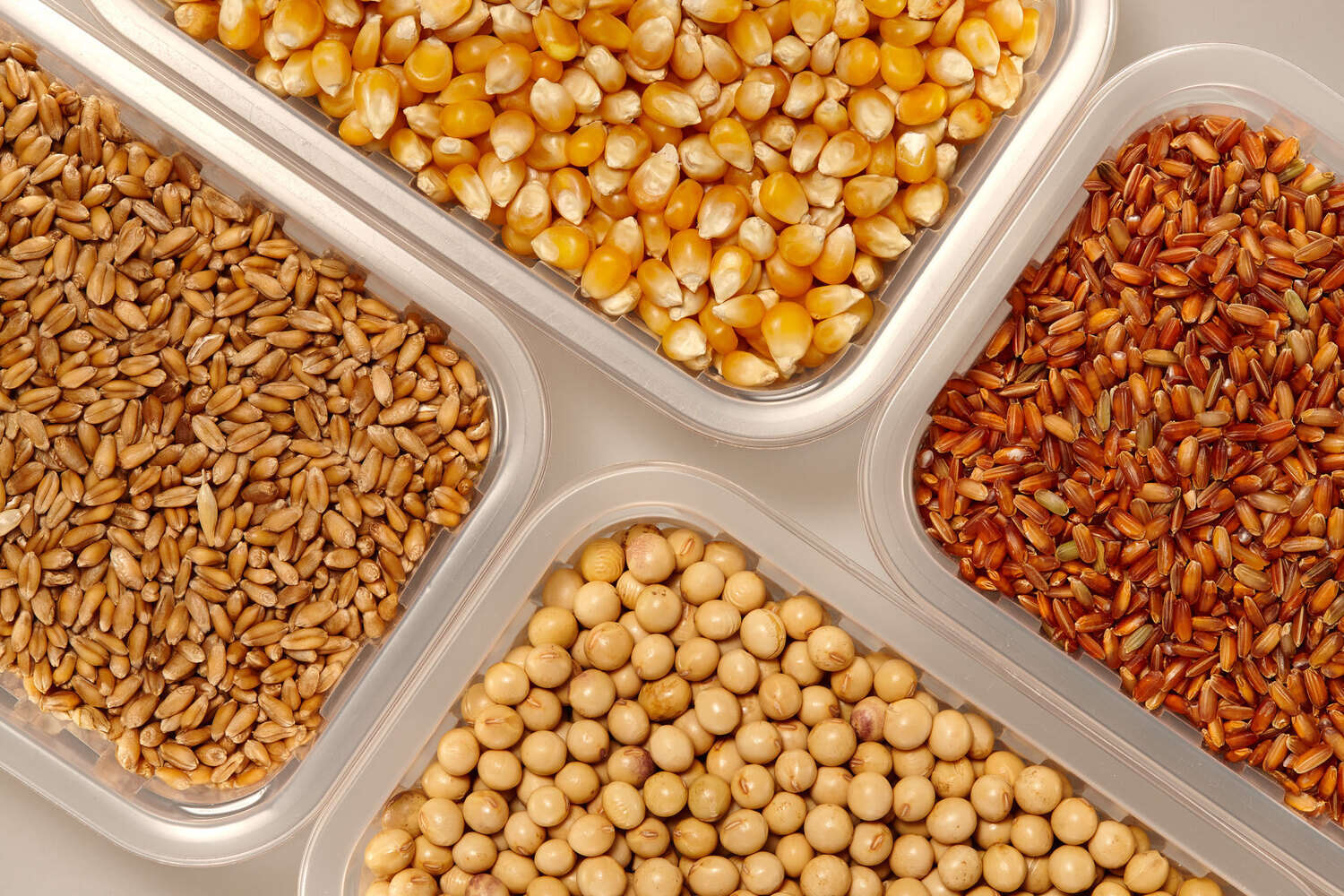
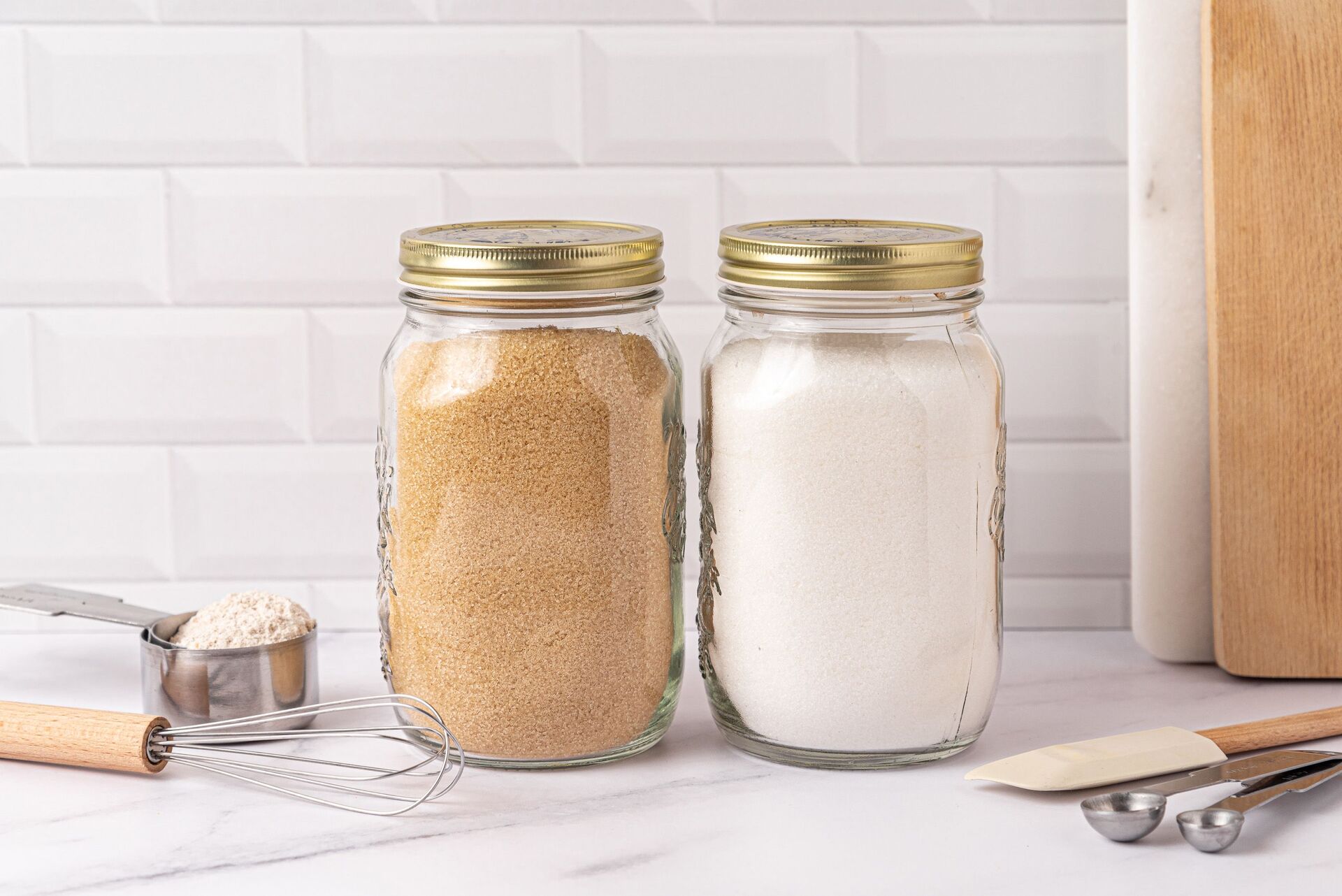

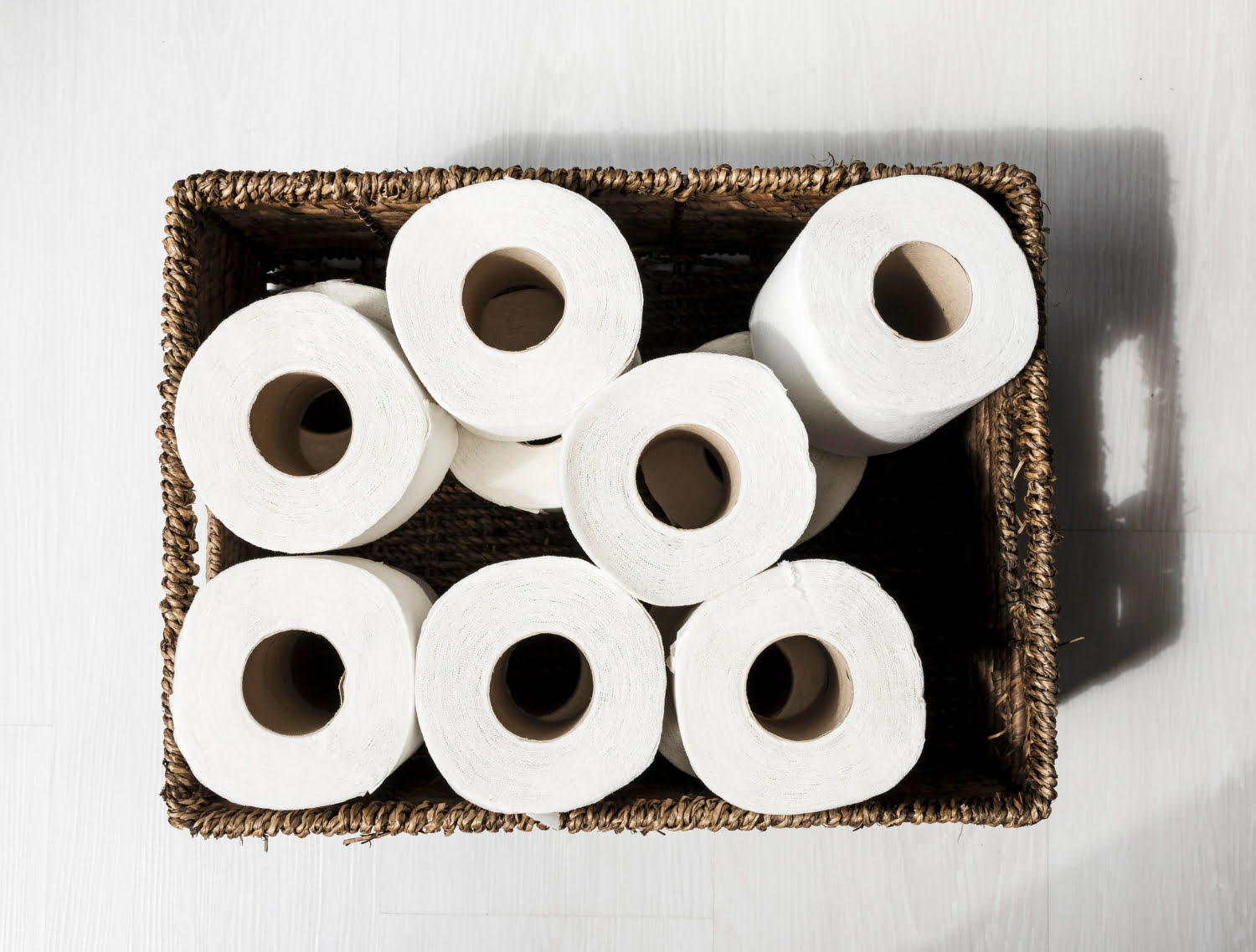
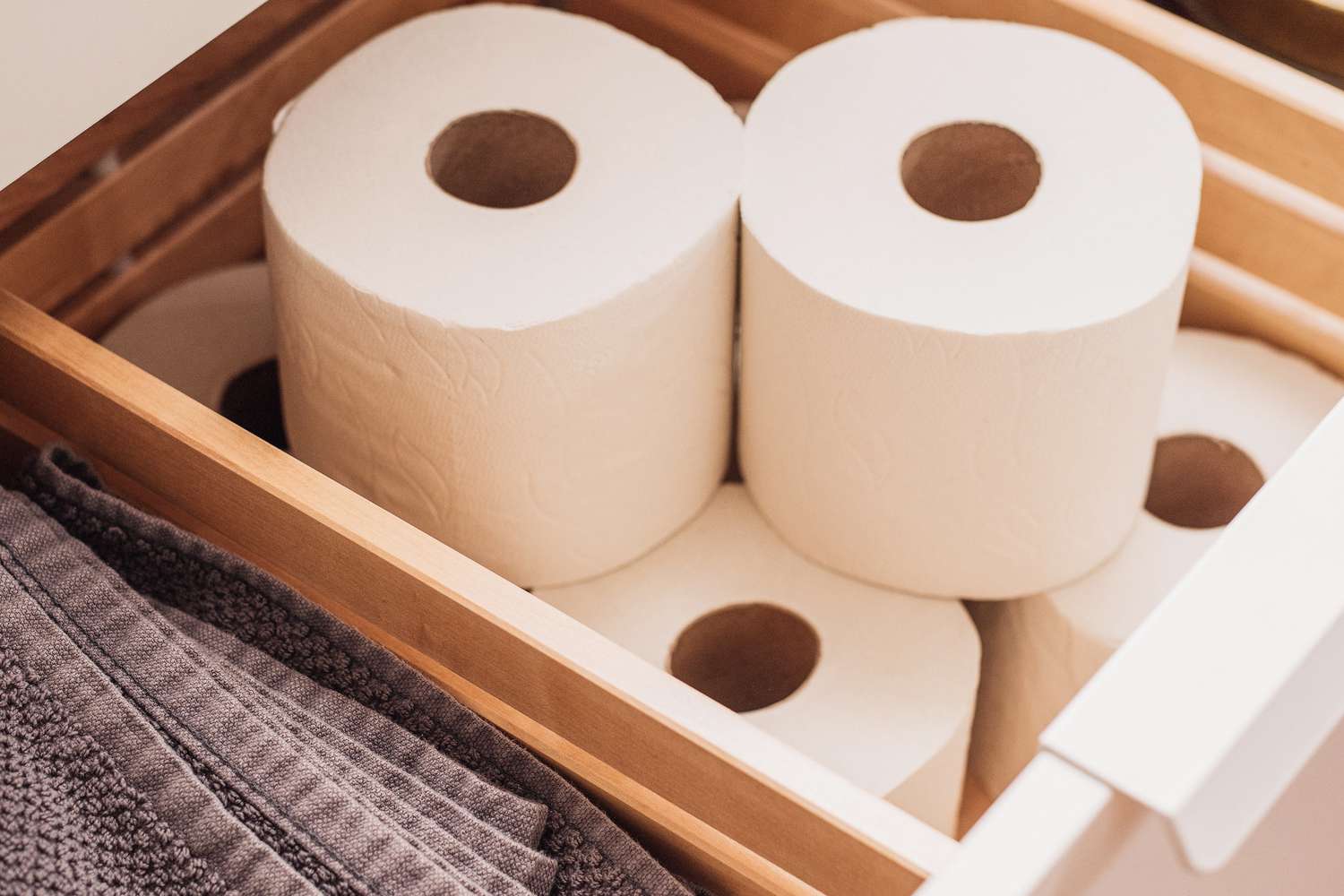
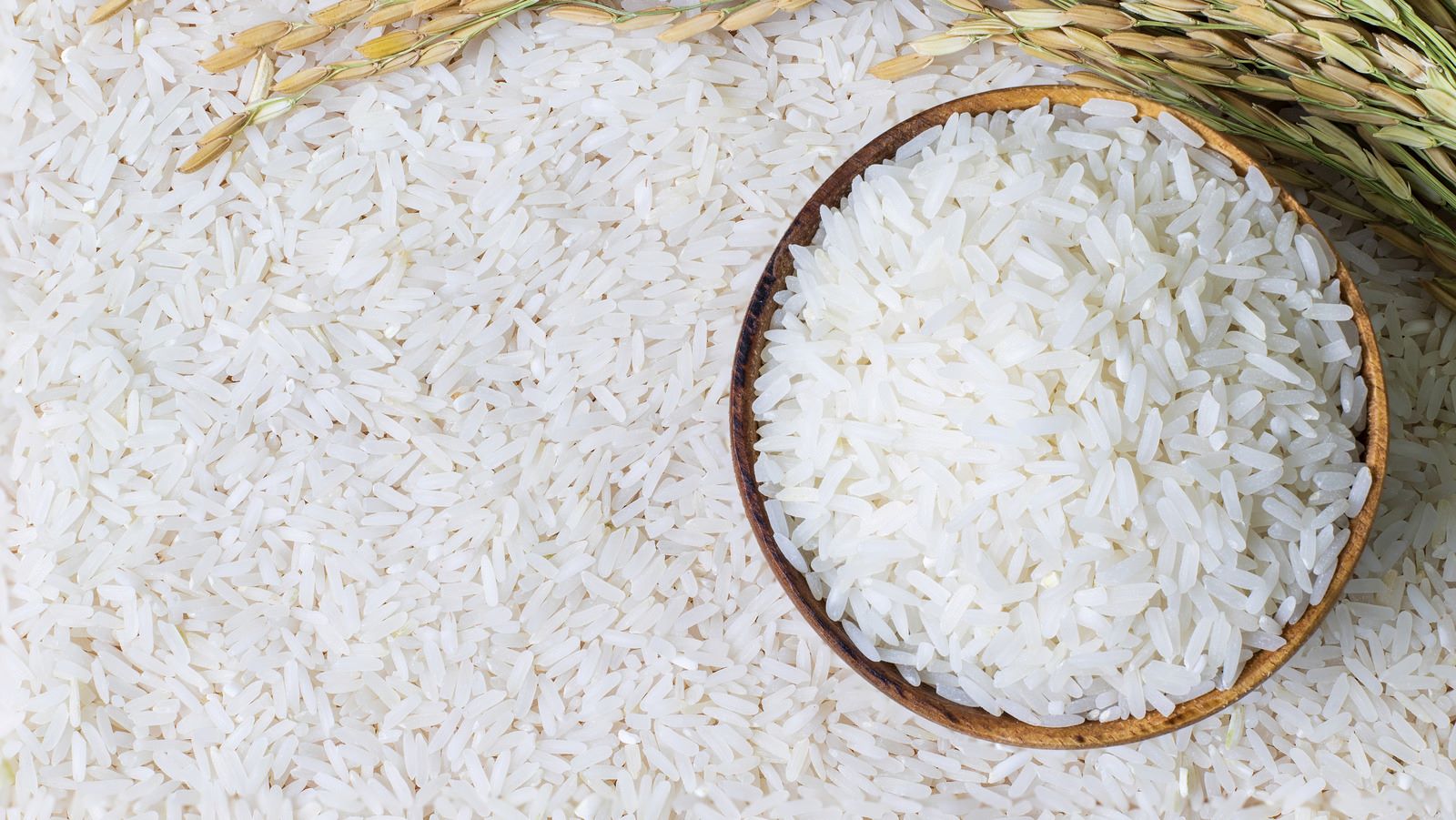
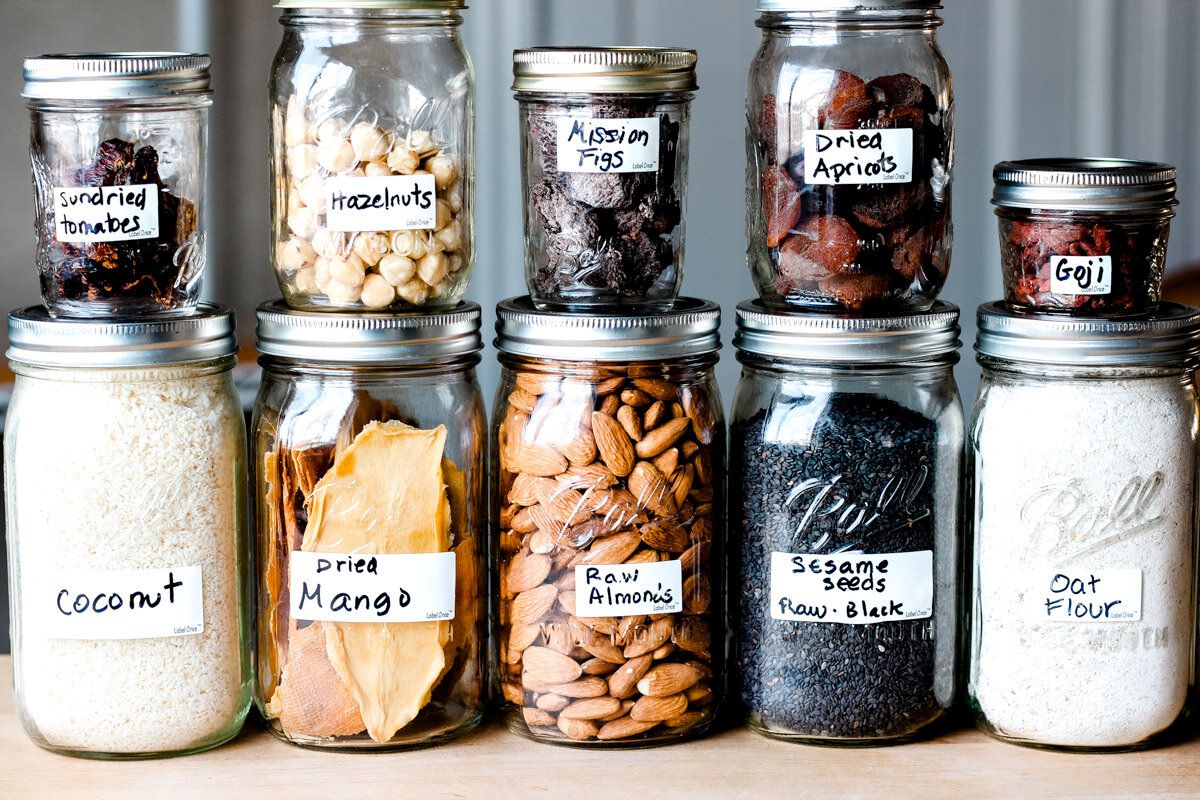
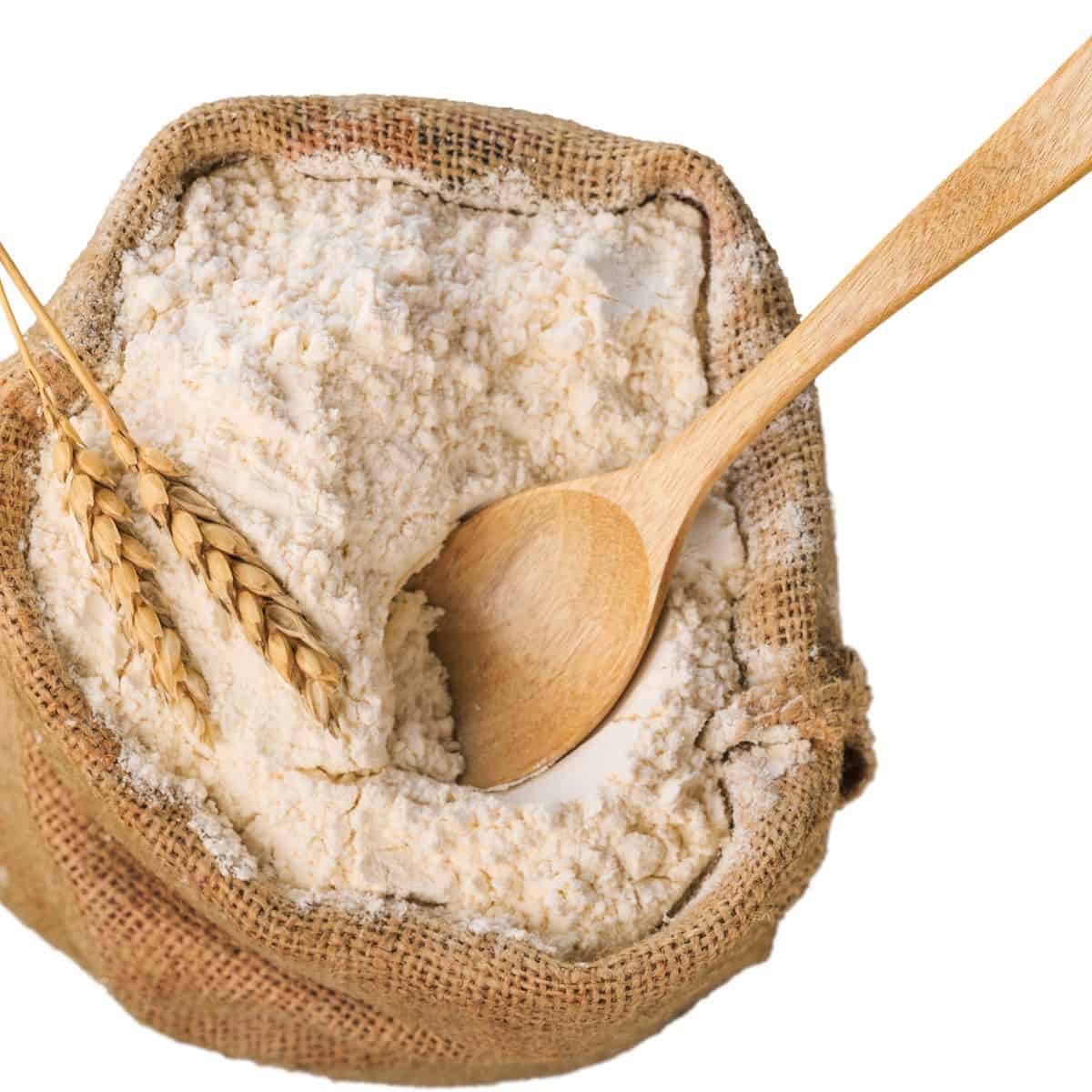
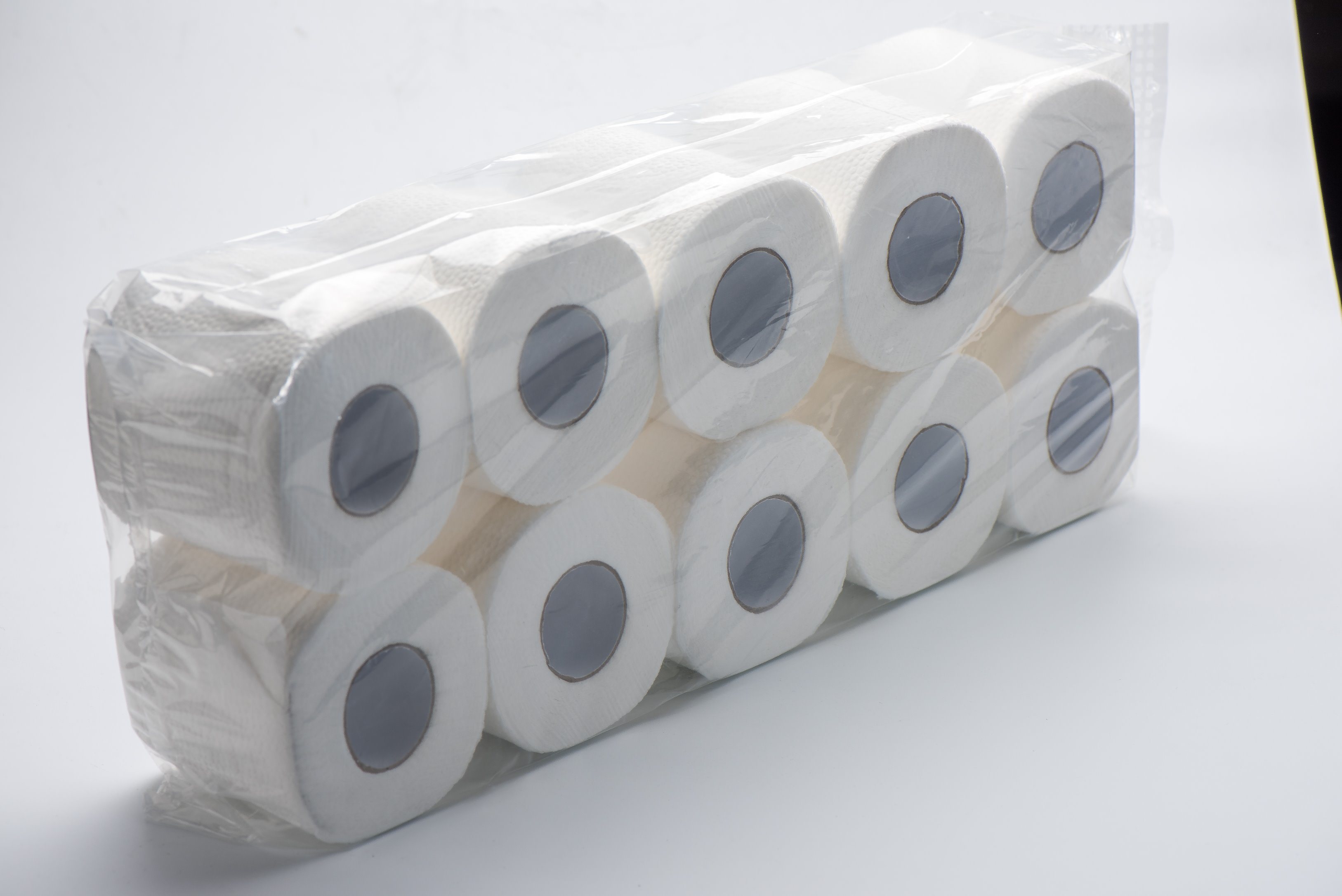





0 thoughts on “How To Store Bulk Rice”